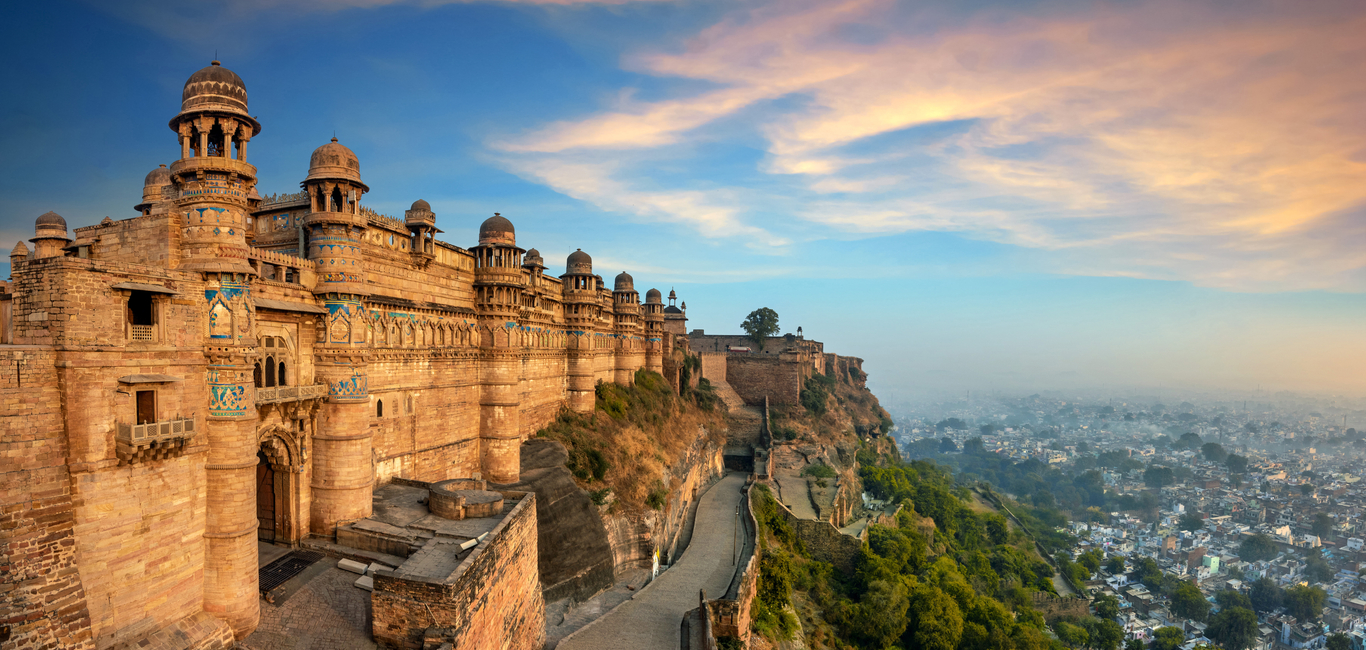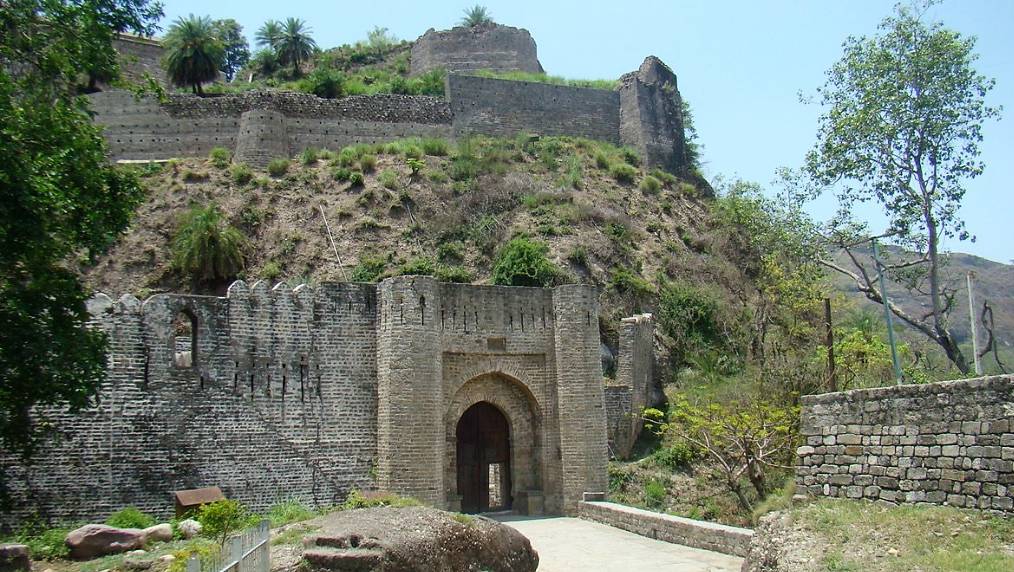Sikkim is a state in northeastern India. It borders Tibet in the north and northeast, Bhutan in the east, Nepal in the west, and West Bengal in the south. Sikkim is also located close to India’s Siliguri Corridor near Bangladesh. Sikkim is the least populous and second smallest among the Indian states. A part of the Eastern Himalaya, Sikkim is notable for its biodiversity, including alpine and subtropical climates, and being a host to Kangchenjunga, the highest peak in India and third highest on Earth. Sikkim’s capital and largest city are Gangtok.
The Khangchendzonga National Park covers almost 35% of the state. The Namgyal dynasty founded the Kingdom of Sikkim in the 17th century. It was ruled by a Buddhist priest-king known as the Chogyal. It became a princely state of British India in 1890. After 1947, Sikkim continued its protectorate status with the Republic of India. It enjoyed the highest literacy rate and per capita income among Himalayan states. In 1973, anti-royalist riots took place in front of the Chogyal’s palace. In 1975, the monarchy was deposed by the people. A referendum in 1975 led to Sikkim joining India as its 22nd state.
Modern Sikkim is a multiethnic and multilingual Indian state. The official languages of the state are English, Nepali, Sikkimese, and Lepcha. Additional official languages include Gurung, Limbu, Magar, Mukhia, Newari, Rai, Sherpa, and Tamang to preserve culture and tradition in the state. English is taught in schools and used in government documents. The predominant religions are Hinduism and Vajrayana Buddhism. Sikkim’s economy is mainly dependent on agriculture and tourism, and as of 2014, the state had the third-smallest GDP among Indian states, although it is also among the fastest-growing.
For more information about Sikkim Tourism, visit Sikkim Tourism Government Website.
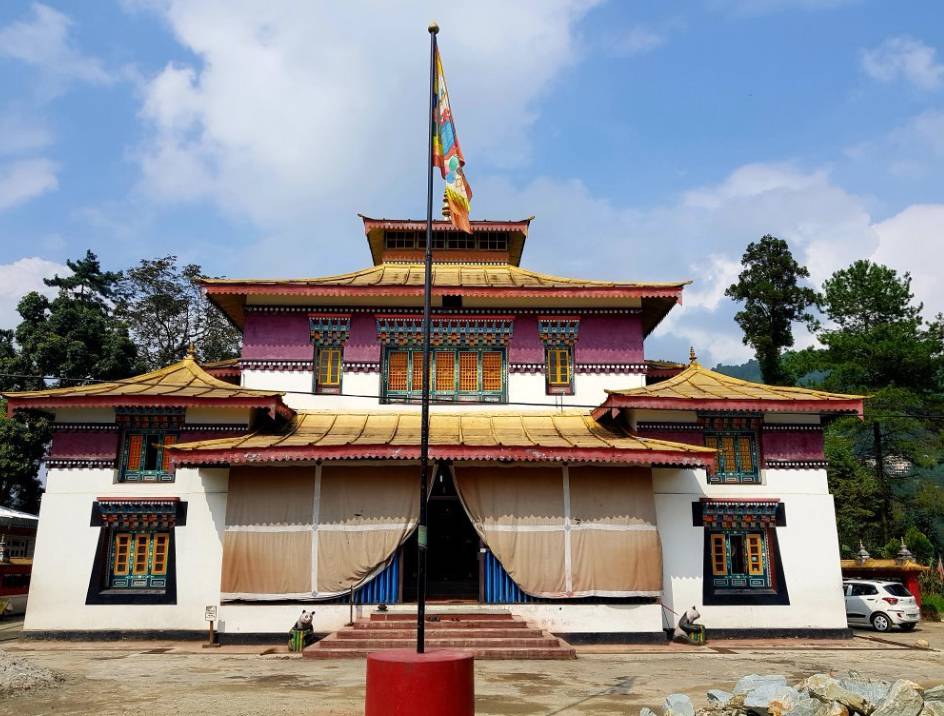
Enchey Monastery
Location – Ashtok
Foundation – 1992
Enchey Monastery, meaning ‘the solitary temple,’ is a holy pilgrimage spot for the Buddhists situated in the magical wonderland of Gangtok surrounded by natural beauty. The presence of tall pine trees, flowery meadows, and the beautiful view of the Kanchenjunga Hills give the devotees a feeling of being in the middle of a serene and blessed environment. Situated 3 km to the northeast of Gangtok, this monastery is about 200 years old. History has it that Lama Druptob Karpo, a very famous tantric with flying powers, flew down to the Maenam Hill and built a hermitage at this exquisite location which was later renovated under the rule of Sidkeong Tulku in the Chinese Pagoda style.
Presently, this holy monastery houses 90 monks and respects Loki Sharia, Lord Buddha, and Guru Padmasambhava. There is a massive metal-roofed prayer hall inside Enchey Monastery, consisting of numerous images of Gods, Goddesses, and Tantric. The porch has a wheel of law that ripples in perfect sync with the chants of the monks.
Apart from its beautiful location, the Enchey Monastery is also a famous tourist location due to the Chaam dance (a particular prayer offering by monks wearing masks) organized on the 18th, 19th day of the 12th lunar month as per the Tibetan calendar. Pang Lhabsol is another festival celebrated in the monastery which brings the Bhutias and Lepchas together by swearing on blood-brotherhood with the witness being the Khangchendzonga. If you are interested in learning about the culture of the monks or their history in a surreal and peaceful environment away from the noise of the city, then this is the place for you.
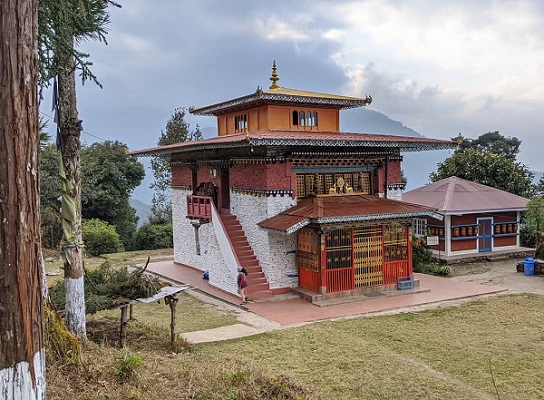
Rinchenpong Monastery
Location – On a hill above Rinchenpong town
Foundation – 1772
Rinchenpong Monastery is situated at the giddying height of 5,500ft. The third oldest monastery in Sikkim is perched on a mountain trail and offers a brilliant view of the Kanchenjunga. Besides the picturesque location, this gompa has a statue one doesn’t find in most other monasteries- Ati Buddha seated in the Yab-Yum position. For nearly three centuries, this monastery has been part of Rinchenpong village, and if you want to cover the heritage circuit of Sikkim, there’s no way you can skip this one.
Everywhere in Sikkim, the beauty of a monastery is somehow heightened by the village. Rinchenpong is a quaint tiny hamlet above which sits the gompa. Geographically well-endowed, this village offers a stupendous view of the Kanchenjunga and other mountains of the Himalayan range. As one takes the trail that leads up to the gompa, bounded by towering prayer flags flapping in the wind, one understands the perfect union of ancient structures and nature in Sikkim.
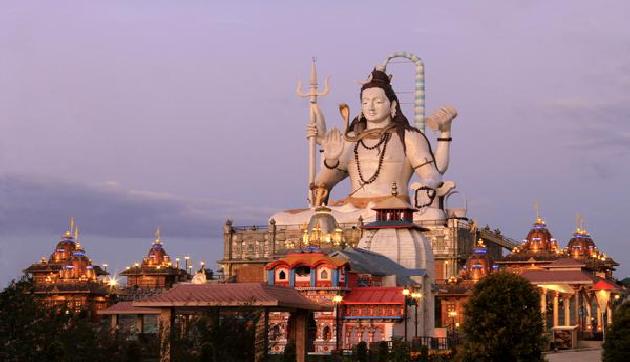
Siddheswara Dham
Location – 5 km away from Namchi
Foundation – 2011
To promote Religious Tourism in Sikkim, this newly developed Pilgrimage-cum-Cultural Centre is constructed on Solophok Hill in South-Sikkim. View for miles, the 26½ m high statue of Lord Shiva in sitting posture marks the main temple’s location. Apart from this giant statue, the replicas of twelve Jyotirlingas and the four Dhams, Badrinath, Jagannath, Dwarka, and Rameshwaram, are also installed in the complex (7 acres approx). This stunning imitation of Chardham amidst the serene nature of Sikkim has become one of the top tourist destinations in Sikkim, especially among the devotees of Lord Shiva.
What To Do And See
On your soul enlightening visit to Solophok Chardham, many other popular tourist spots around it can interest the visitors. The two popular treks- Tendong Hill and Maenam Hill, geographically residing next to each other, can be explored along with the nearby Maenam Wildlife Sanctuary and Tendong State biodiversity Park that are like cherry on top for the adventure seekers. Many beautiful and famous monasteries such as Ralang Monastery, Doling Gompa, Ngadak Monastery, and Serdup Choling Monastery residing in Namchi ask for a sure visit. The self-promulgating giant Statue of Buddhist Padmasambhava allures the tourists to come to Samdruptse Hill for a closer stare.
Getting There
Solophok Chardham is situated 5 km away from Namchi. Regular SSRTC buses / shared taxis are available from major cities of Sikkim to reach Namchi, from where one can hire a cab or get onto a bus to come here.
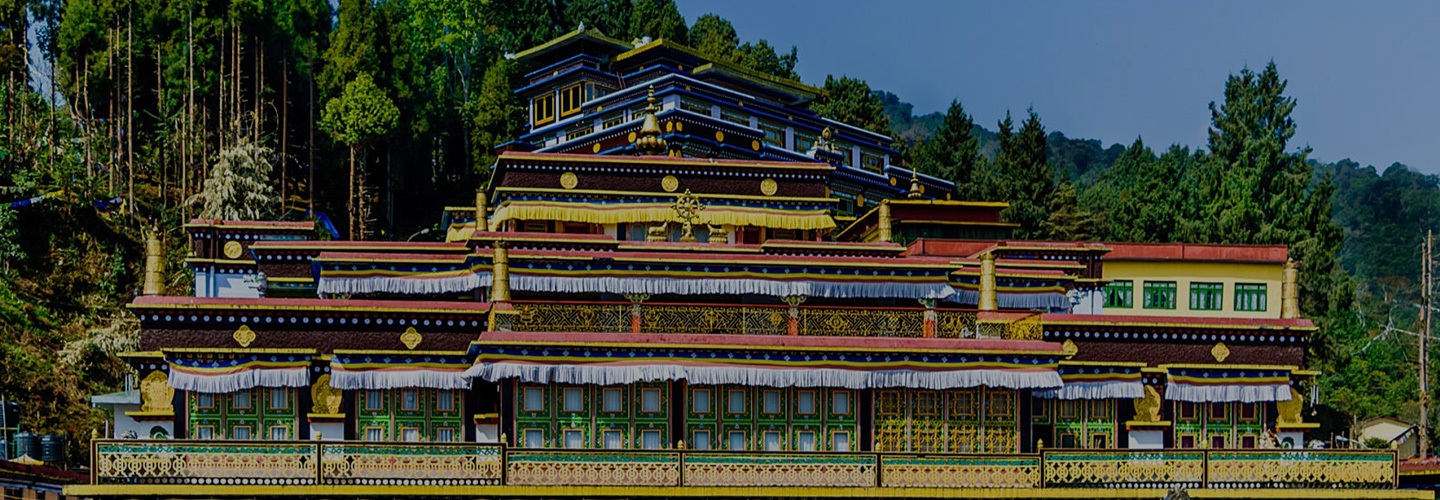
Lachen Monastery
Location – 1 kilometer from Lachen
Foundation – 1858
Offering a quiet backdrop and spell-binding views, Lachen Monastery is a noteworthy attraction in Lachen that was initially built in 1858 A.D by the Nyingma sect of Tibetan Buddhism and, with the help of its eight monks, transformed a small hut constructed by Lama Karchen Dorje Drak. Lachen Monastery, also known as Ngodub Choling or the Launching Gompa, is seated at a picturesque location overlooking the village and housing the statue of Guru Padmasambhava. The premises of this sacred place is decorated with colorful prayer flags and prayer wheels. Feel bliss as you enter Lachen Monastery. It is a mind-boggling pilgrimage experience.
Best Time To Visit
The best time to visit is from March to June.
What To Do And See
You can visit a few exciting attractions, such as Thangu Village, an hour’s ride from Lachen. Chopta Valley and Gurudongmar Lake are the two most visited places located 2 to 3 hours away from Lachen. Sarva Dharma Sthala, a temple for all religions, is also a must-visit located near Gurudongmar lake.
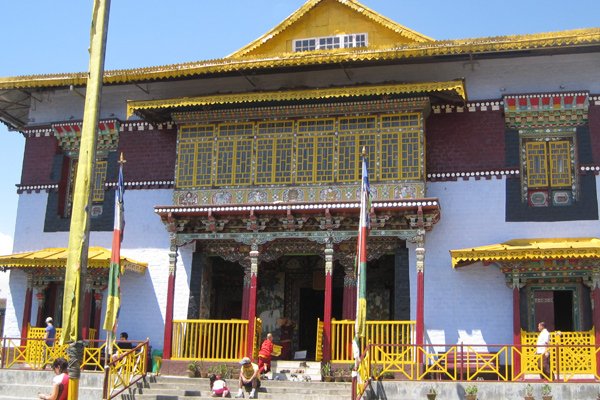
Pemayangtse Monastery, Pelling
Location – About 2km from Pelling
Foundation – 1705
Occupying a small section of beauty at the higher end of western Sikkim, a renowned monastery of Pemayangtse is located. The word Pemayangtse means ‘Perfect Sublime Lotus,’ a famous tourist attraction and widely visited by many travelers all year round. With a mere distance of 2 kilometers from Pelling, this attraction is an easy walk. You can unravel Sikkim’s exceptional beauty by visiting during the spring-summer season when the sky clears.
This is so, as you can not only enjoy the holistic site but also witness the enthralling beauty of the Himalayas as well. Pemayangtse Monastery offers a meditative environment quietly set amidst woods. It gives a perfect place to relax in solitary and listen to the sounds of nature as you explore this second oldest monastery of Sikkim. Being around 300 years old, it is a must-visit place as it reflects the rich architecture and the unwavering faith of the Buddhist followers. This three-storied building has many statues of saints and Rinpoches, including Padmasambhava (Lotus Born). It also has several antique idols and scriptures. The main prayer hall is decorated with paintings, and also the doors and windows are beautifully painted in traditional Tibetan design. The ruins of Rabdantse can also be witnessed from Pemayangtse Monastery.
Getting There
Pemayangtse Monastery is located near Pelling, about 2 kilometers and 110 kilometers from the capital city, Gangtok. Plenty of taxi services can be available from these places.
Best Time To Visit
The best time to visit Pemayangtse Monastery is from March to June.
Also, have a look at our various monthly issues.

